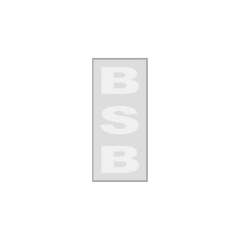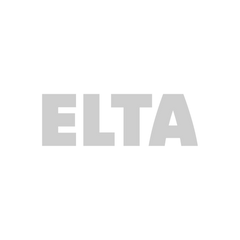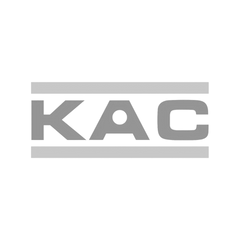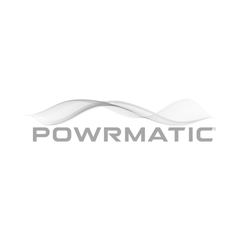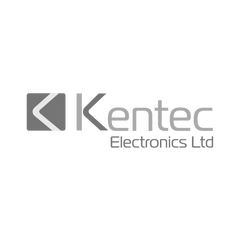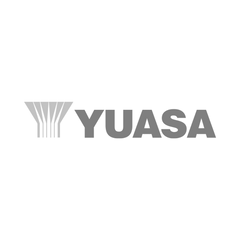Brands
Bestsellers
Shop All
Krystalite AOV Glazed Louvre Smoke & Natural Ventilator
Please contact us for pricing on 01322 388830
Powrmatic Roof Opensky AOV Louvred Smoke & Natural Ventilator 1.5m2
From £1,735.50 excl. VATUnit price excl. VAT /UnavailableRoof Opensky Standard Base External Dimensons 1750X1410mm (1.5m2 Vent Only)
£462.69 excl. VATUnit price excl. VAT /UnavailableRoof Opensky Hinged Base External Dimensons 1740X1490mm (1.5m2 Vent Only)
£846.27 excl. VATUnit price excl. VAT /UnavailableRoof Opensky Hinged Base External Dimensons 1350x1410mm (1m2 Vent Only)
£723.88 excl. VATUnit price excl. VAT /UnavailableRoof Opensky Standard Base External Dimensons 1350x1410mm (1m2 Vent Only)
£401.49 excl. VATUnit price excl. VAT /UnavailablePowrmatic Roof Opensky AOV Louvred Smoke & Natural Ventilator 1m2
From £1,518.00 excl. VATUnit price excl. VAT /Unavailable
Frequently Asked Questions
What are smoke vents?
What are smoke vents?
Smoke vents, also known as smoke and heat exhaust ventilators (SHEVs) or automatic opening vents (AOVs), are vital components of a building's fire safety strategy. They play a critical role in facilitating the safe evacuation of occupants and aiding firefighters in their efforts to combat a blaze.
How do smoke ventilators work?
How do smoke ventilators work?
In the event of a fire, smoke vents are designed to automatically open, allowing smoke, heat, and toxic gases to escape the building. This helps to:
- Clear escape routes: Improving visibility for occupants and creating safer evacuation paths.
- Reduce temperature: Venting heat helps lower internal temperatures, mitigating the risk of flashover and protecting the building's structure.
Aid firefighters: Allowing them to locate the source of the fire and battle it more effectively.
Are Powrmatic products compliant with UK building and fire safety regulations?
Are Powrmatic products compliant with UK building and fire safety regulations?
Yes. Powrmatic’s products are fully compliant with UK building regulations and fire safety standards. They are tested and certified to key industry standards such as BS EN 12101-2 and carry the CE mark, indicating they meet rigorous safety and performance criteria.
Powrmatic designs its products to satisfy or exceed the requirements of UK regulations; for example, the smoke ventilation provisions of Approved Document B (Fire Safety), so you can have confidence that these vents and actuators are approved for use in life safety systems and will help your building meet legal compliance.
Where are Powrmatic vents and actuators typically installed?
Where are Powrmatic vents and actuators typically installed?
Powrmatic vents and actuators are used in a wide variety of commercial buildings and are typically installed in areas where smoke control or automatic ventilation is needed. Common locations include the tops of stairwells and smoke shafts (to vent smoke out of stairways and corridors during a fire), roofs and atriums (where rooftop smoke vents or skylight vents can open to release smoke and heat), and lobbies or corridors that serve as escape routes. You’ll also find Powrmatic smoke ventilation systems in large open spaces like shopping centre malls, warehouses, factories, and even in enclosed car parks, anywhere a building needs to quickly exhaust smoke or improve airflow.
Essentially, any critical escape route or spacious area that could trap smoke is a good place for a Powrmatic AOV vent, ensuring that if a fire occurs, smoke can be safely channelled out of the building.
How do these products support smoke control and safe evacuation?
How do these products support smoke control and safe evacuation?
Powrmatic smoke vents and actuators are crucial for smoke control and safe evacuation. Upon fire detection, they automatically open to release smoke, heat, and toxic gases, clearing escape routes for occupants and improving firefighter access. This limits smoke spread, provides more time for evacuation, and reduces smoke inhalation risks, significantly enhancing life safety during emergencies.
What kind of maintenance do Powrmatic vents and actuators require?
What kind of maintenance do Powrmatic vents and actuators require?
Smoke ventilation systems are subject to stringent regulations and standards, such as Approved Document B and BS EN12101, to ensure their reliability and performance. Regular maintenance and testing are crucial to ensure that smoke vents operate correctly during an emergency. This includes:
- Weekly checks: Simulating system activation and verifying operation of components like fans, dampers, and vents.
- Quarterly checks: Actuating all smoke control systems and testing each zone separately.
- Annual examinations: Comprehensive inspections by a competent person, including a functional check against the design's "cause and effect" and verification of mechanical and electrical components.
It is the responsibility of the "Responsible Person" (typically the building owner or manager) to ensure that all fire safety systems, including smoke vents, are properly maintained and in good working order. They must also keep accurate records of maintenance and testing activities in a logbook.


